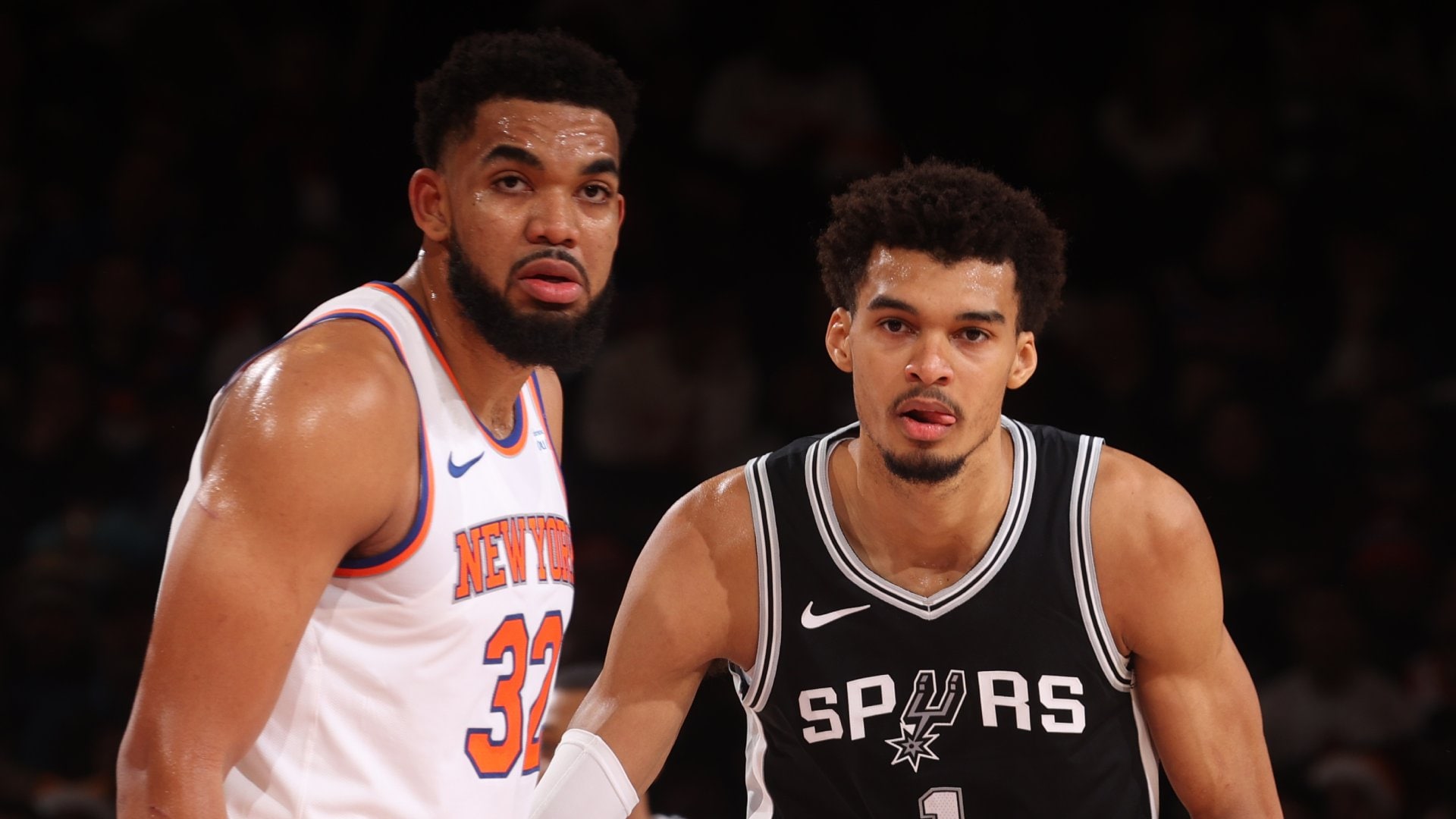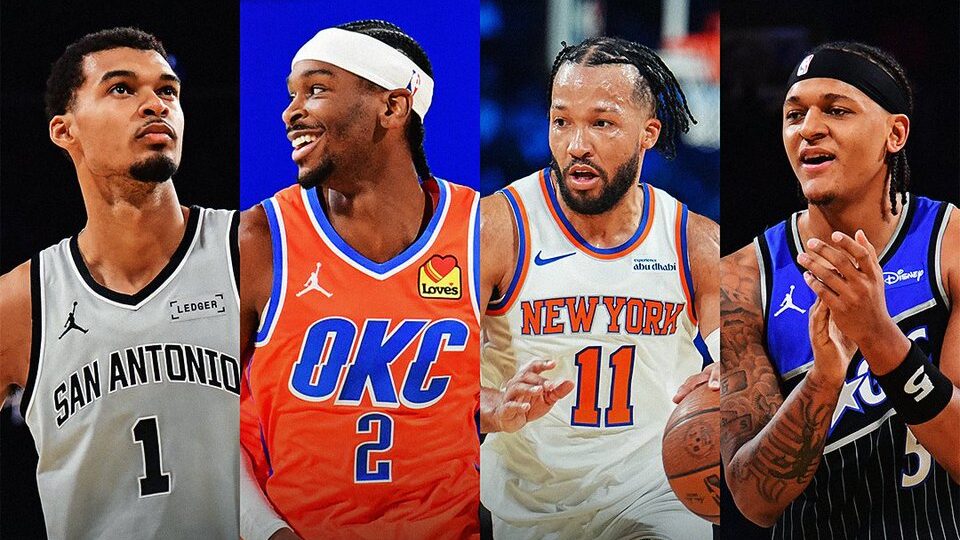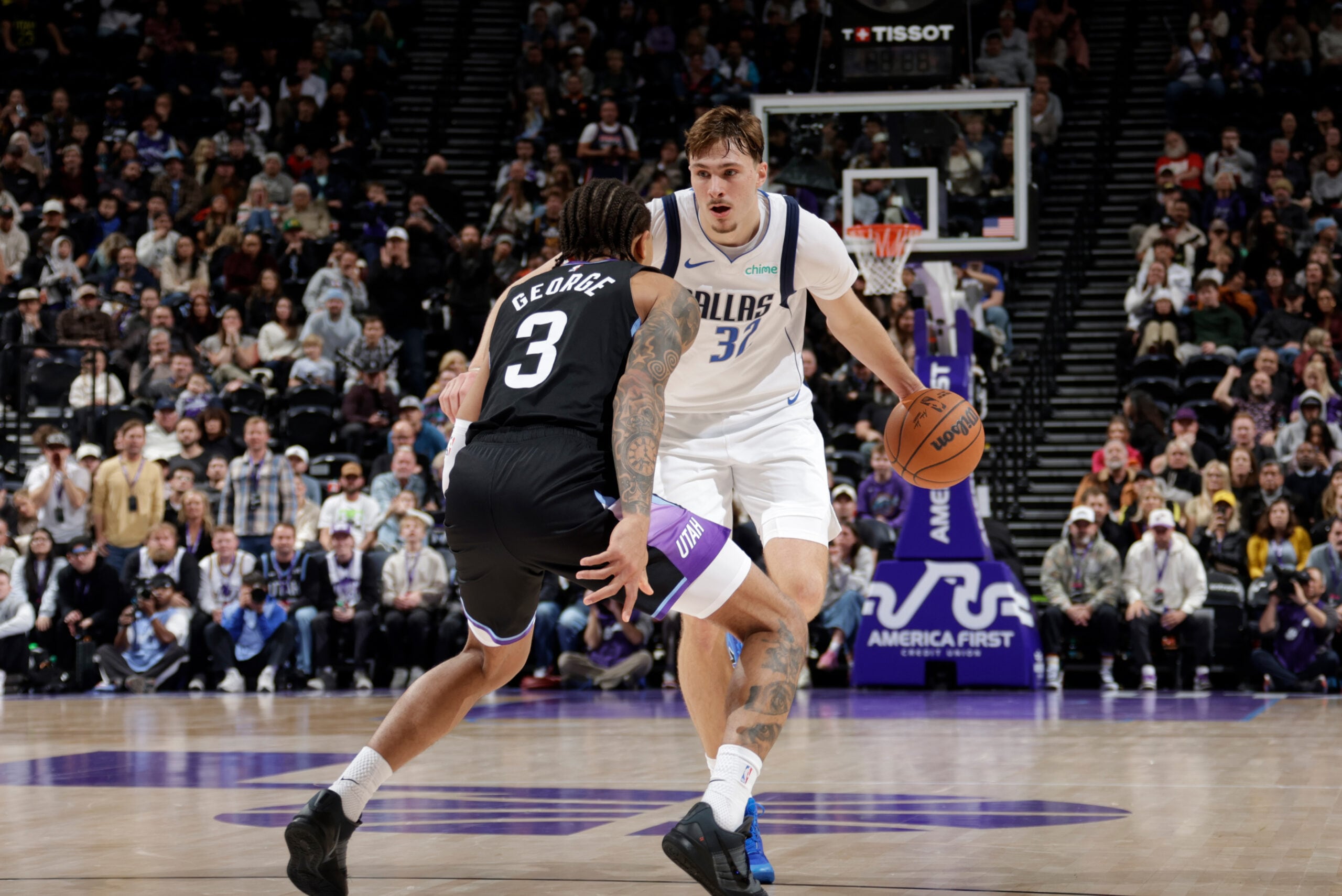
LAS VEGAS — The best way to get a sneak peek at what’s in store for the Hawks next season is to see who they’re putting on the floor at the annual NBA Summer League. And this process is now three years deep.
Few, if any, other teams launch in Las Vegas more than the Hawks, who committed to build through the draft in 2017. That blueprint is slowly changing into golden results.
John Collins was followed by Trae Young and Kevin Huerter. And the latter pair are now being followed by DeAndre Hunter and — if he were healthy enough to play in Vegas — Cam Reddish. Collins, Young and Huerter made the league’s All-Rookie teams and the Hawks sense the same could be coming for Hunter and Reddish, Atlanta’s latest first-round picks set to fulfill needed roles and receive ample playing time.
This high-drafting success rate is the solid work of Travis Schlenk, who assumed the GM duties three summers ago while stressing the importance of a total makeover with youth. Not only has Schlenk yet to make a mistake — debate the Luka Doncic swap that produced Young and Hunter all you like — he has created a promising young core that’s projected to pay even greater dividends in the near future. Or earlier. Quite possibly, the Hawks could be a playoff team in 2019-20.
And next summer, armed with salary cap space, they’ll turn their attention toward free agency and see what happens there.
It’s all part of a step-by-step process designed to blend young players with veterans, to stockpile assets and turn the Hawks into a playoff regular and maybe, someday, a title contender. You might say, at this early stage, they’re on schedule.
“When we sat down with ownership after I was hired, the Hawks were the fifth-oldest [team] in the league,” said Schlenk, who was plucked from the respected Warriors front-office staff. “We went from 60 wins to 48 wins to 42 wins. We had a couple guys [Al Horford, Paul Millsap] who would be free agents and who would get big contracts. We made the decision that now’s the time to hit the reset button and instead of spending money on free agents, we should absorb assets and enter the draft and go that route.”
Schlenk and his front office staff are compiling quite a track record. The GM’s first decision was taking Collins at No. 19. Maybe a bit of good fortune was involved in that, given how far Collins — a solid power forward at Wake Forest — dropped. In any event, Collins’ development has been steady and just shy of remarkable. Collins averaged 19.2 points and 9.8 rebounds last season, sharp increases from his rookie year numbers of 7.3 and 3.9. He improved his shooting and footwork and has turned into a dependable double-double force.
Last year’s draft may eventually prove to be a game-changer for the Hawks. Schlenk made the gutsy decision, against the opinion of those he trusted outside the organization — and even inside the draft room — trading Doncic’s rights for those of Young and the Mavericks’ first-rounder this summer.
While Doncic eventually won Rookie of the Year, Young produced the superior line after the All-Star break and finished runner-up for the award. Also, Young was not only productive, he dazzled on the floor with his long-distance shot-making and passing, giving the Hawks an entertainment asset.
Later in that draft, the Hawks nabbed Huerter, who surpassed expectations as the No. 19 overall selection. Hurter was a rotation player by January and became a threat when left open. He shot 42 percent from deep and made the All-Rookie Second Team.
“I think Travis hit a home run in getting the guys we wanted to get,” said coach Lloyd Pierce.
The Hawks controlled three No. 1 picks heading into this year’s draft. They sacrificed one to trade up and get Hunter, who helped Virginia win the NCAA Championship with a game-tying shot at the end of regulation. Yet Hunter — the 2018-19 ACC Defensive Player of the Year — was most valued for his ball-stopping D, and the Hawks were one of the worst defensive teams in the league last year, a byproduct of being so young.
“You need someone to go out and guard the other team’s best player,” Schlenk said. “He was someone we sought all along.”
Then with the No. 10 overall pick, they chose Reddish, a scoring wing at Duke. Both Hunter and Reddish are projected as possible starters.
“The biggest assets we’ve had are our lottery picks,” said Schlenk. “We’re trying to build this thing and identify pieces that will fit together. All the guys we’ve taken are great people, too; it’s not just their skill set, and that’s important to have high character guys.”
Also: Schlenk once again used the Hawks as a dumping ground for bad contracts and added additional future first-rounders for taking Allen Crabbe, Chandler Parsons and Evan Turner.
“To get those picks, we thought it was worth it,” Schlenk said. “And we also think these guys can help us, too.”
The next step is building through trades and free agency, and to do it before it’s time to pay Collins and Young what are shaping up to be pricey extensions. While Atlanta hasn’t proven to be a top-draw destination for free agents, Schlenk believes the dynamics of the city and organization have changed for the better.
“I was in Golden State for 13 years and nobody talked about it as free-agent destination,” he said. “But if you draft good people, and people who can win, people start noticing you. The first real free agent we got with the Warriors was Andre Iguodala. He came because he wanted to play with Steph (Curry) and Klay (Thompson) and he thought we were on the upward track. That’s what we hope to duplicate here. Trae is a very willing and capable passer, for instance, and guys want to play alongside that guy. Atlanta’s a great city and we’re putting everything together. We have a dedicated ownership group that’s willing to spend. We think we’re on the right path.”
Maybe the Hawks have already won over their most important skeptics: the home fans. Atlanta was notorious for being lukewarm toward the Hawks even when the club was winning, and it wasn’t unusual for Philips (now State Farm) Arena to be evenly split whenever the Hawks played the Lakers, Knicks or Warriors.
“The first year of this process, the fans really didn’t see the vision,” Schlenk said, “but last year, as our young guys improved, we had great crowds. I think the community is into it, they see it and it’s exciting.”
The newcomers such as Hunter and Reddish, therefore, have to stay in step with those who came before them. And those baby steps will take place here in Las Vegas before they hit the floor in Atlanta.
* * *
Shaun Powell has covered the NBA for more than 25 years. You can e-mail him here, find his archive here and follow him on Twitter .
The views on this page do not necessarily reflect the views of the NBA, its clubs or Turner Broadcasting.










